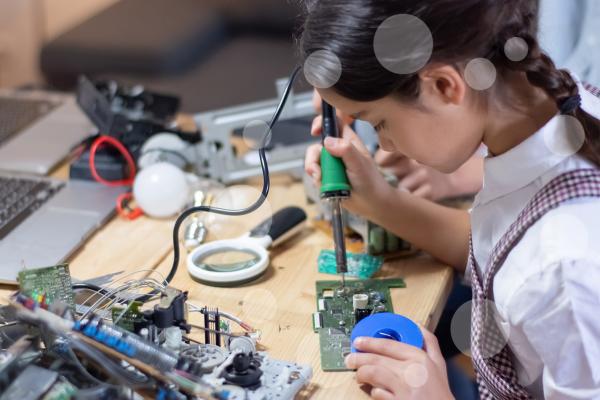The automation of labour has been one of the main concerns, but also one of the main promises, of technological change since the Industrial Revolution. Images of a fully automated workless future have fuelled both dystopian nightmares of human obsolescence and utopian dreams of human flourishing. The same contradictory images of the effects of automation dominate the current debates about the future of work in the context of the digital and green transitions.
Research by the JRC contributes to the debate on automation and the impact of robots in three main ways:
- Defining key concepts in the debate about the automation of work in the digital age. In particular, arguing that the automation of labour is better understood and analysed from a tasks perspective (because it is tasks, and not workers or jobs that are automated), and differentiating automation from related but distinct concepts such as computerisation or digitisation.
- Approaching automation with a multidisciplinary perspective, expanding the scope of analysis from the narrow concept of employment to a broader understanding of work which considers the implications of automation for job quality and work organisation, tasks and skills, and power relations at the workplace level.
- Confront dominant narratives with empirical facts, finding that in most cases things are more complicated than what simplistic narratives of jobs-stealing robots imply, which provides more room for policies to steer technical change in desirable directions.



